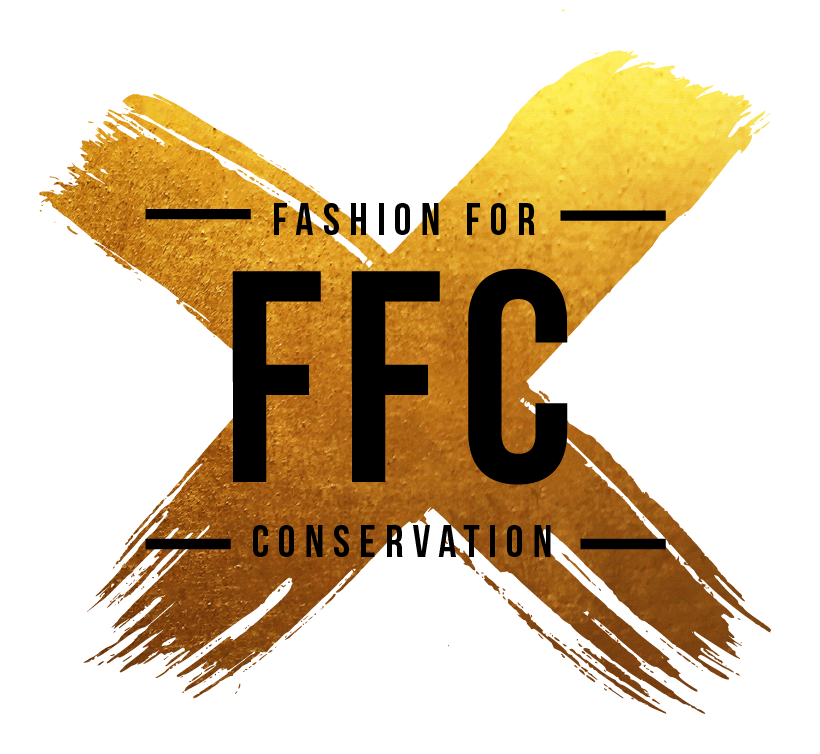Log in your account

The Ethical Shopping Guide

It goes without saying that one of the best ways to live an eco-friendly lifestyle is to buy less and reuse. But what if we want to refresh our closets for the upcoming fall and winter?
Don’t worry, we would never tell you to completely stop shopping (that would be so hypocritical of us). But we do encourage environmentally conscious shopping, so here are three ways to get started!
Fabrics: What to Avoid or Keep

From silky suede to rough denim, fabric is the building block of your favorite outfits. But the process of creating them can cause a lot of harm. Synthetics like Polyester, Nylon, and Acrylic are made from petrochemicals that are bad for the environment in many ways.
First, they are created with non-renewable energy and tons (literally) of water and other harmful toxins. The process also unleashes material that turns into micro-plastics. Micro-plastics are bits of plastic that have been broken up into tiny pieces by our oceans, and often end up in the digestive tract of our marine animals (oceanservice.noaa.gov). So, let’s try to avoid buying nylon tracksuits that do a disservice to our eyes as well as the ocean’s health.
Now, fabrics you should look to support are recycled fabrics, hemp, and organic cotton. Recycled fabrics provide an innovative solution to mitigate textile waste and reduce the production of more materials, while fabrics like Hemp and Organic cotton are natural fibers that use fewer chemicals and can be harvested ethically and locally. Check your neighborhood shops to see if they source fabric locally!
Recognize Greenwashing

Greenwashing is when companies use misleading images, branding, or claims to create an image that their product is more environmentally friendly than it really is. Oftentimes, they’ll spend more money on marketing to make you believe they are “green” rather than investing money to actually become eco-friendly.
So, how can you tell if a company is greenwashing? Usually labels like “pure and natural” don’t mean anything, so one quick and easy way to tell if a company has legitimate practices is seeing if any outside organization certifies the product. Rainforest Alliance Certified, Fair Trade Certified, and Certified B Corporation are some examples of ethical certifications that display on clothing tags. Of course, it never hurts to double check on their website as well.
Social-Environmental Impact of the Brand or Seller

One way we look to see if a brand is embracing environmental activism is through its amount of transparency. A company that is working to reduce their environmental footprint and respect their workers with safe working conditions and wages would be proud to share that with their consumers.
Ask yourself, what can you learn about their supply chain and employees from their social media? They may have those greenwashing words in bold on the homepage of their website, but what happens if you dig a little deeper? Again, sometimes it goes back to doing a little bit of research, but those extra minutes could power lifestyle choices for the rest of your life.
As consumers, if we support and demand brands that are conscious of their environmental footprint and worker rights, companies will take steps to change their practices. Shopping as an ethical consumer not only helps you empower your own lifestyle but will make way for a healthier Earth!
Related Articles
The Environmental Impact of Air Conditioners
Eco-Friendly Summer Activities
World Ranger Day
Latest News
-
 The Environmental Impact of Air Conditioners
August 13, 2021
The Environmental Impact of Air Conditioners
August 13, 2021
-
 Eco-Friendly Summer Activities
August 6, 2021
Eco-Friendly Summer Activities
August 6, 2021
-
 World Ranger Day
July 30, 2021
World Ranger Day
July 30, 2021
-
 International Nelson Mandela Day
July 19, 2021
International Nelson Mandela Day
July 19, 2021
